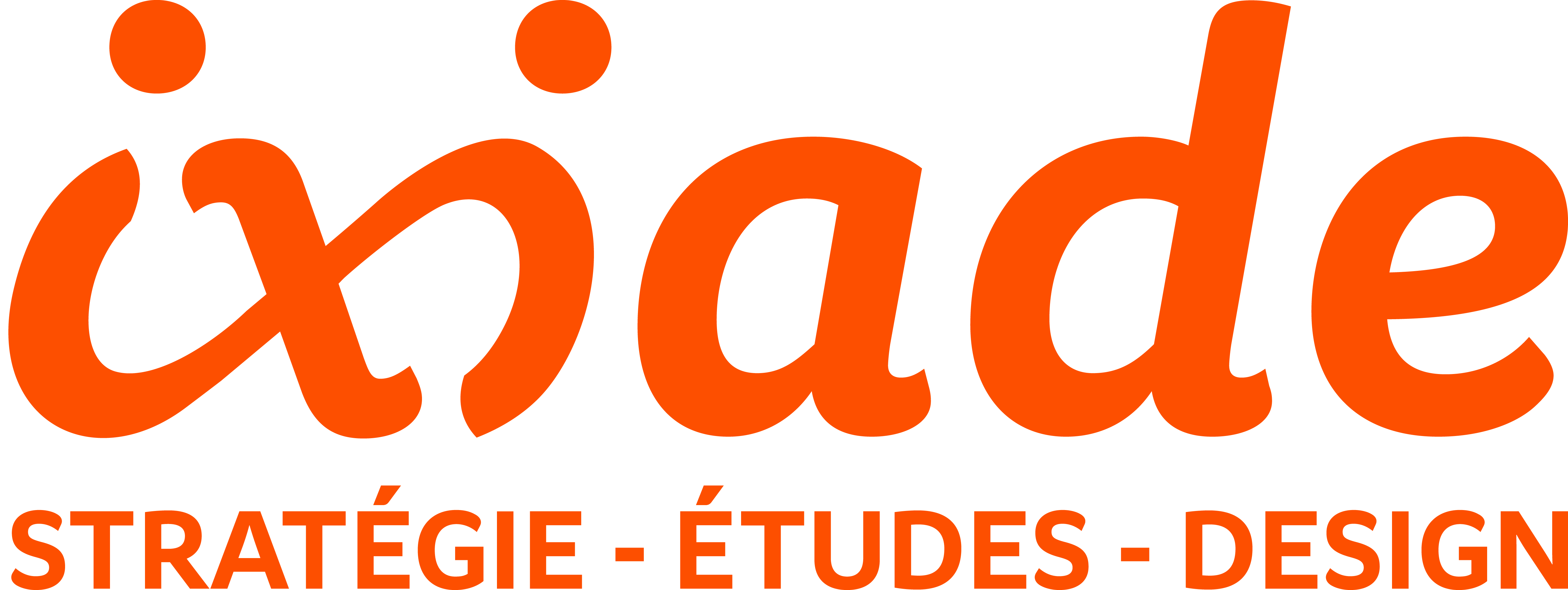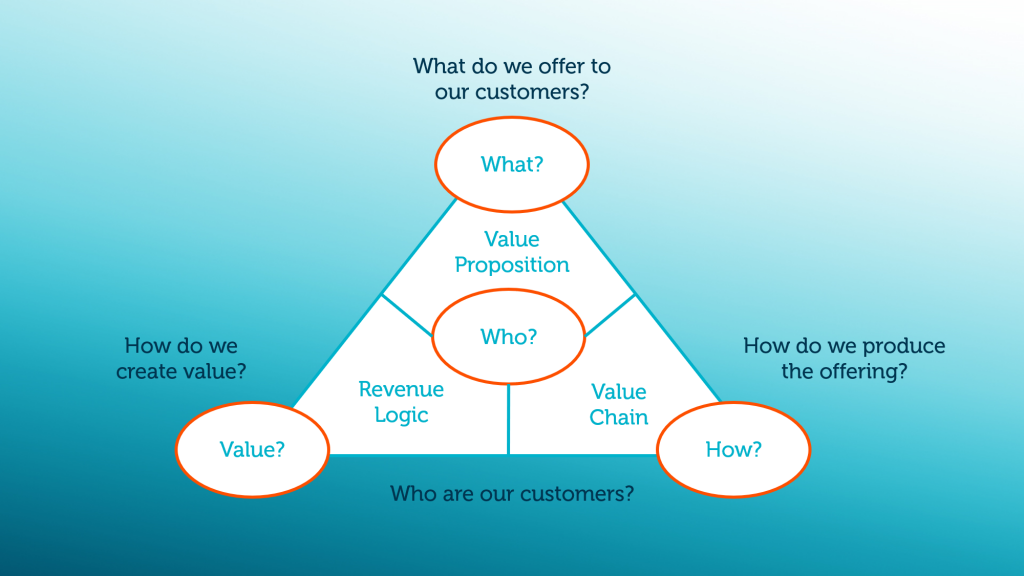In an ever-changing and increasingly digitalized world, how can we remain an innovative and unique company? Thinking about the business model and rethinking the value chain is a central point for innovating while differentiating from the competition. But how do we proceed? First elements of answer by Charlotte Decorps, marketing project manager at Ixiade.
What is a business model?
If the vision of the environment was rather objective before the 2000s, the emergence of new technologies makes this vision more creative. This approach is the starting point for the diffusion of the business model concept. Business models, as mental constructions to model a company’s activity, describe the principles according to which an organization creates, proposes, and captures value. By representing a probable and relevant future, business models can help to think about ways to transform the organization and to innovate.
What is the impact of digital technologies on these business models?
New technologies bring additional value to the physical components of a product and create disruptions in the value chain as well as a transformation of business models (moving from traditional hotels to AirBnB or from trains to BlaBlaCar for example). Indeed, digitalization impacts the different components of a business model:
- the value proposition, through the digitization of offers, the evolution of services and the proposal of new products and services;
- the customer segments, through lower costs and differentiation, enabling the access to new customers, the multiplication of offers and the linking of complementary customer segments (rental companies and tourists, for example);
- the key resources, through the introduction of new business lines, the acquisition of new technological and digital marketing skills;
- the key activities, through continuous innovation, customer relationship management, data management and analysis, and securing online transactions and sites;
- the cost structure, via the decrease in fixed assets, the strong and increasing adoption efficiency (network effects), the emergence of new costs and the issue of increasing volumes;
- and the revenue flows, through the participatory financing, the emergence of new revenue models, and billing differentiation.
How to develop new business models?
Either by modifying the value proposition, the value creation or the value capture, new business models can be developed. On the same principle, either by creating new value propositions, linking complementary customer segments, valuing a large number of users, opening up the business model, automating the creation and the value proposition or making the value proposition more flexible, existing business models can be redefined.
And in practice?
Several methods can be used by companies to develop existing business models or to create new ones. These can take the form of workshops generally organized around three axes: identification of the persona challenge and the response to this challenge, update of the value chain and selection of the revenue generation system. The first axis consists in defining the persona (representing the company’s target), their values and the challenge they face. The response to the persona challenge is then materialized by a journey map where the different actions, their consequences and stakeholders are put into perspective. The second axis consists in updating the value chain by identifying the actors taking part in the situation and in the implementation of the solution, the material or digital elements of the solution as well as the organizational or service elements of the solution. Finally, the third and last axis consists in selecting the revenue-generating system within the value chain and therefore proposing hypotheses as to the ways of generating revenue.
It is then possible to generate several business model scenarios with different value chains and sales price modalities adjustable to all the links of the chain. Thanks to the modeling of purchasing behaviors, made possible by digital technology and by some methods such as conjoint analysis, it is possible to simulate revenue generation and therefore to choose the best possible scenario that optimizes both ease of implementation and revenues.

